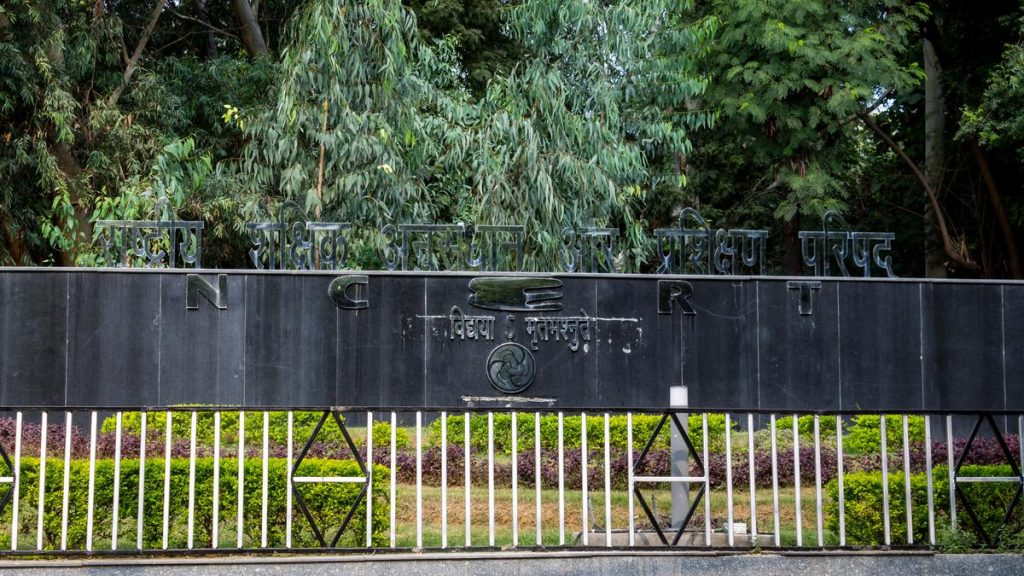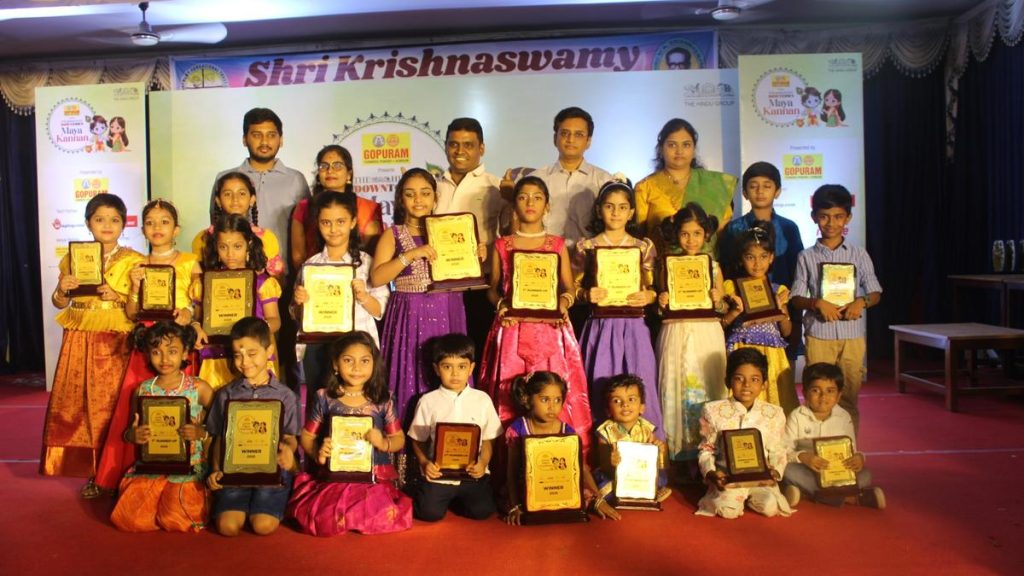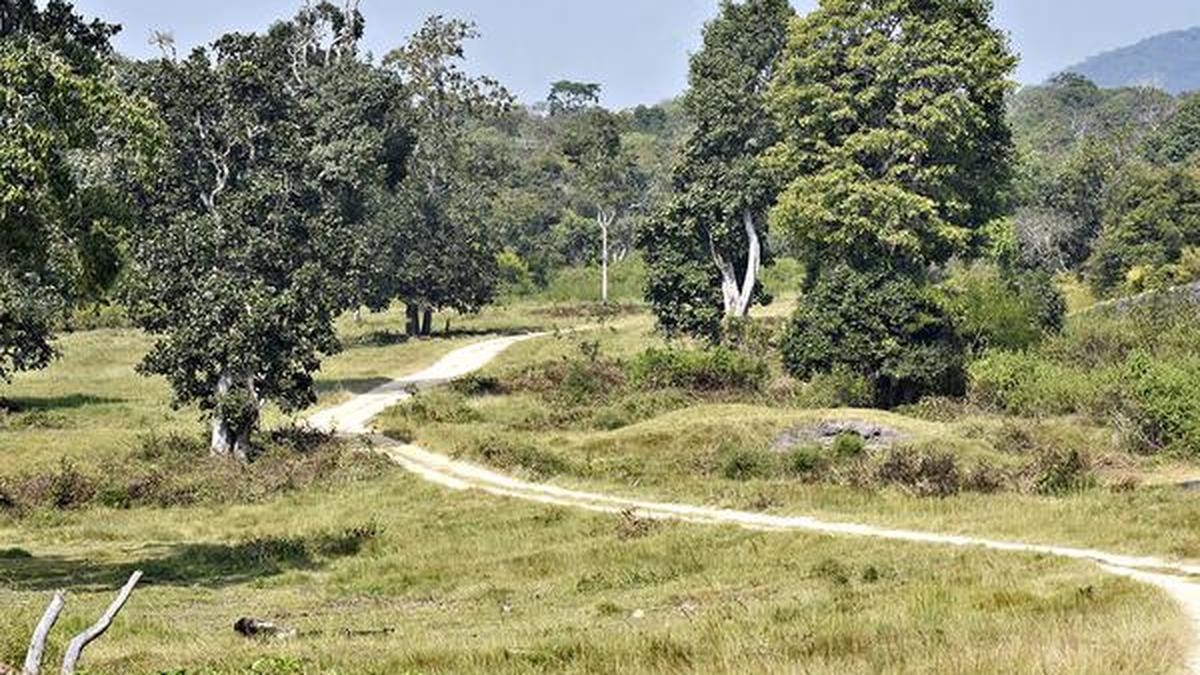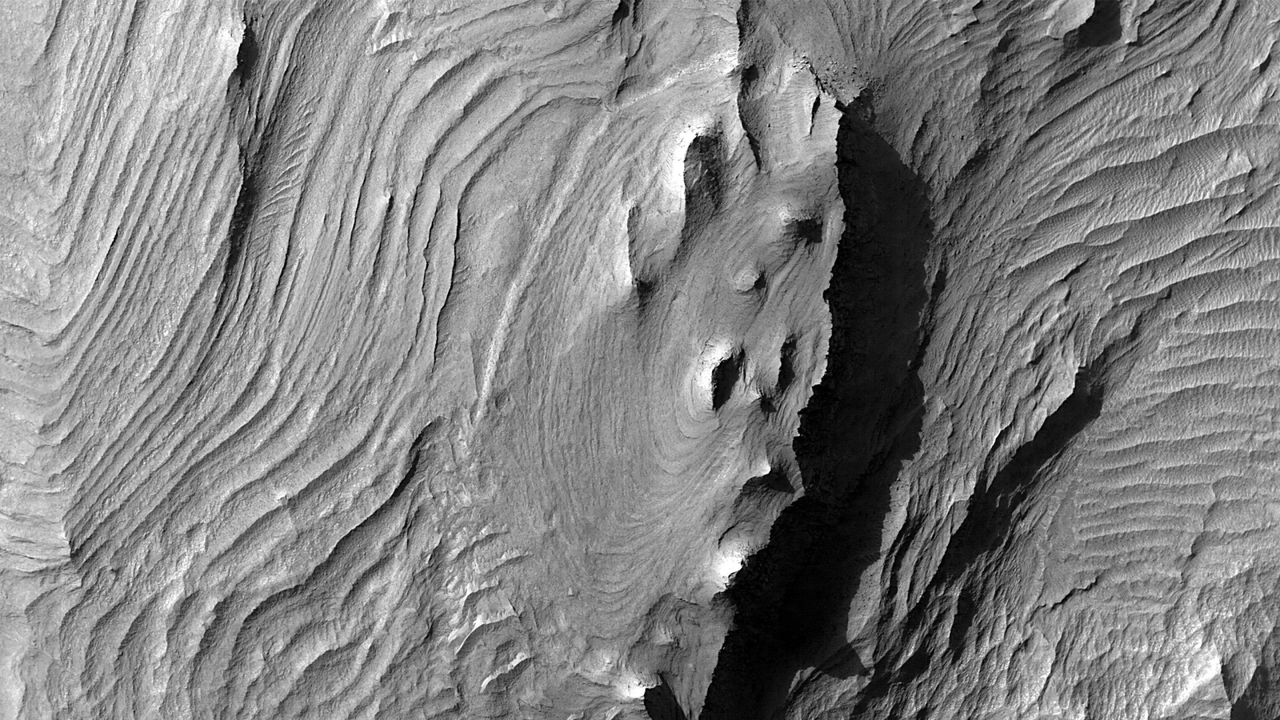Now Reading: NASA and SpaceX Launch 33rd Resupply Mission to Space Station
-
01
NASA and SpaceX Launch 33rd Resupply Mission to Space Station
NASA and SpaceX Launch 33rd Resupply Mission to Space Station
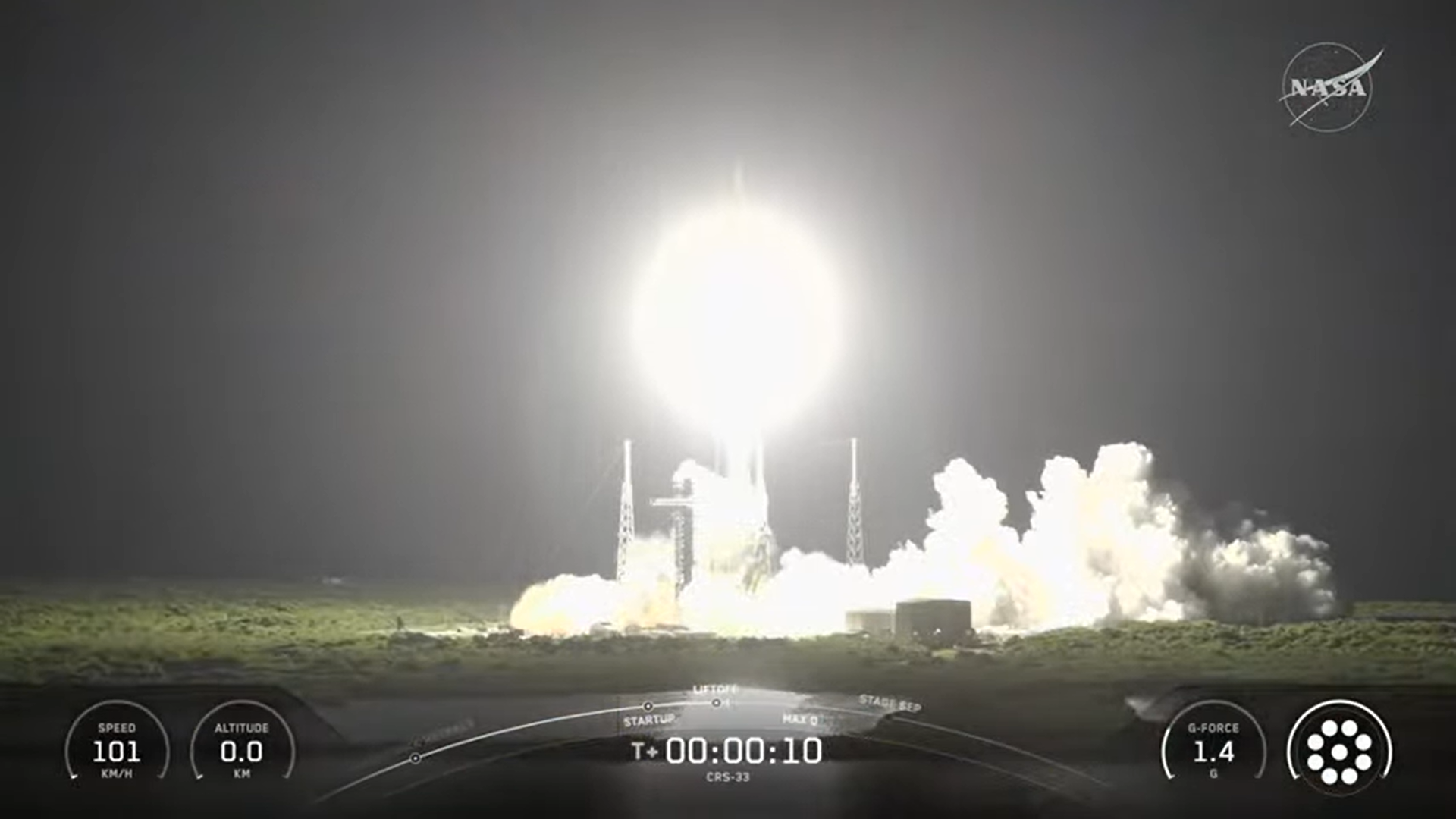
Quick Summary:
- NASA’s SpaceX 33rd commercial resupply mission successfully launched a cargo-laden Dragon spacecraft on a Falcon 9 rocket from Cape Canaveral, Florida.
- The spacecraft carries over 5,000 pounds of supplies including food, equipment, and scientific experiments to the International Space Station (ISS).
- Scientific goals include testing technologies like 3D printing metal parts and bioprinting human tissue in microgravity for future Moon and mars missions.
- Other research includes studying bone-forming stem cells to prevent bone loss, developing bioprinted liver tissue for vascular studies, and creating medical implants using advanced materials.
- As part of it’s tasks during the mission, Dragon will test orbit-maintenance capabilities through periodic altitude reboosts using its independent propulsion system between September and Fall 2025.
- The spacecraft is scheduled to dock with the ISS at approximately 7:30 a.m. EDT on Monday (Aug.25) before departing back to Earth in December carrying research data and cargo.
- this work contributes towards NASA’s Artemis lunar exploration campaign aimed at preparing for future missions to Mars.
Indian Opinion Analysis:
India has steadily become an emerging player in space exploration through agencies like ISRO while collaborating internationally on various projects involving advanced technology transfer and joint research initiatives. Missions like NASA’s SpaceX resupply flight highlight the trajectory global agencies are taking toward deep-space human exploration supported by cutting-edge innovations such as bioprinting in microgravity or orbital reboost demonstrations.
For India’s ambitions under missions such as gaganyaan-the country’s first manned space program-studies from experiments aboard ISS could inspire parallel advancements domestically in biotechnology or additive manufacturing designed specifically for extreme environments. Additionally, if India intends to extend its collaborations with other nations post-Moon objectives under Chandrayaan series expansions; knowledge-exchange systems might indirectly foster larger participation outcomes globally across deep planetary systems involving long-term ecosystem architectures alongside logistical frameworks proven sustainable



